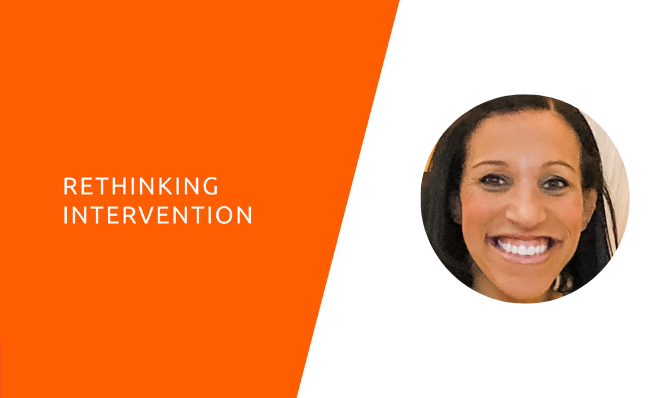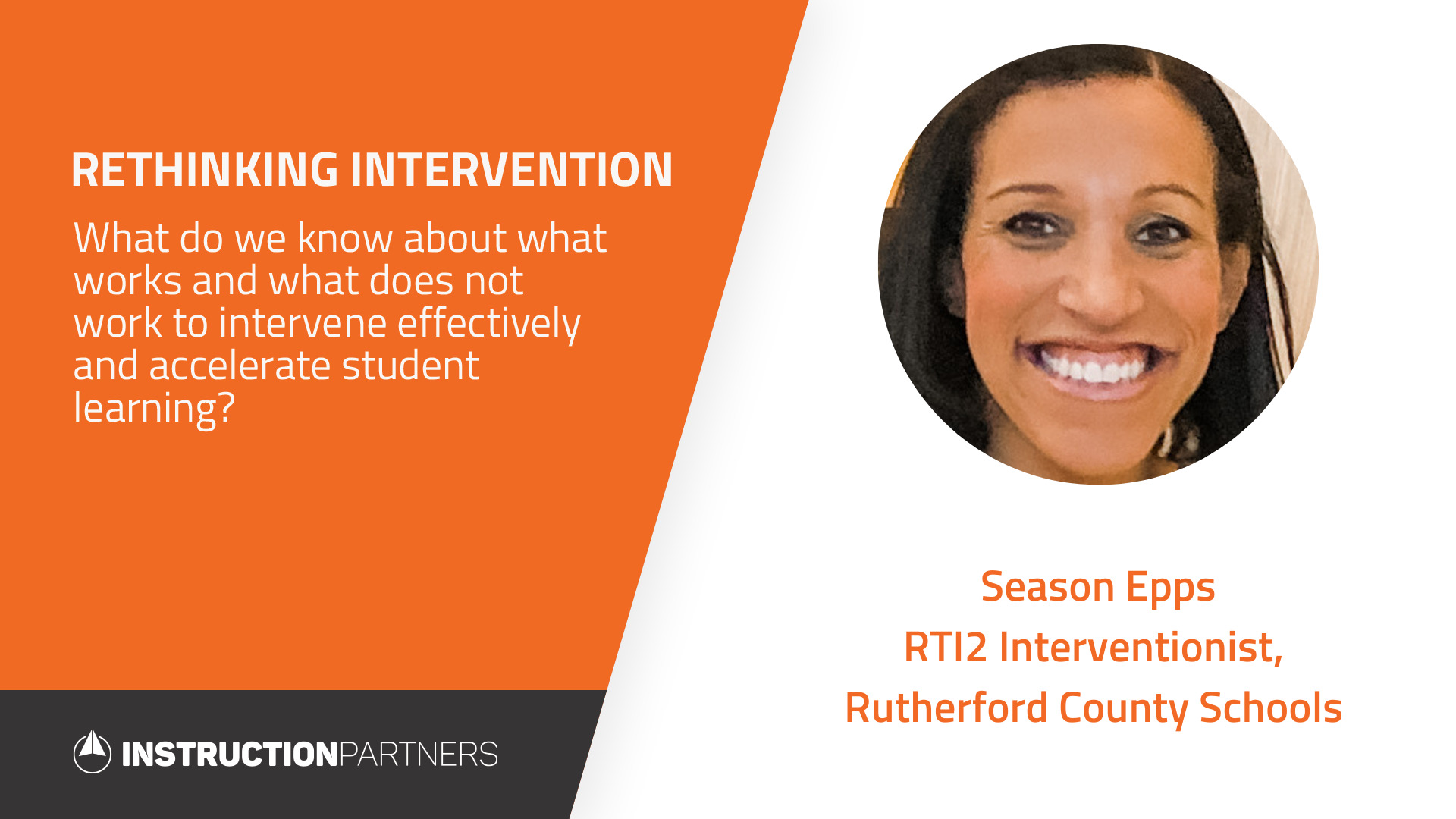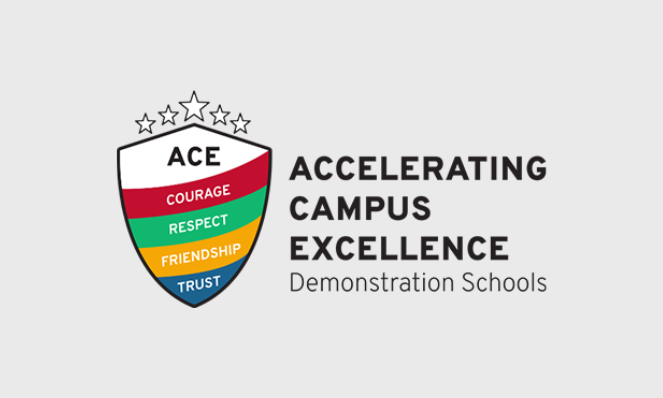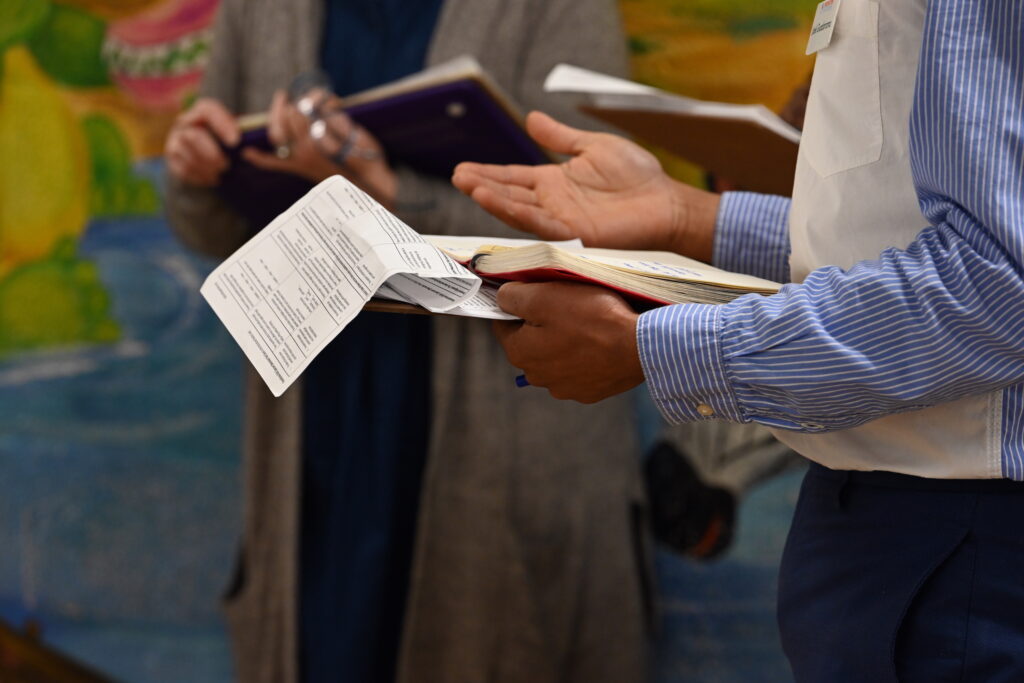
Season Epps, Rutherford County Schools
Season Epps is an RTI2 Interventionist in Rutherford County Schools, Tennessee. She has been an educator for 18 years and an interventionist for 11 years. She works with students from K–5 in both math and reading.
Elizabeth Ramsey, Senior Managing Director of Program at Instruction Partners, spoke to Season about best practices to intervene effectively and accelerate student learning.
Watch the full conversation or read the abridged Q&A below.

ER: To get us started, could you share a story of a student that informs your perspective about what it looks like to help students accelerate learning?
SE: Absolutely. I had the pleasure of being an interventionist in Rutherford County for almost 10 years now, and I feel like I’ve kind of seen it all. But there is a student that we had two years ago that really made me start thinking about digging into those misconceptions. He was a fifth-grader who had come to us from another school district, and with all the tests that we had given him, kind of looked like a flatline. But I started having a lot of conversations with him, and it uncovered that it wasn’t that he didn’t have that mathematical foundation, he just had some holes. And the whole point of intervention is to fill those gaps in and make that foundation stronger.
So, I did a one-on-one diagnostic with him and talked to him. I decided to develop a plan for him that went in conjunction with what he was going to see when he was with my group, but also just tried to push him a little further and connect what he was doing with me to what he was doing in the classroom. And I tell you that the light bulb came on. He started with us in August, by late December, we were recommending him to move to Tier 2. He stayed in Tier 2 for not even two months. And really, he probably could have gone right back into that Tier 1 intervention, but just trying to follow the guidelines that we as a state had established, we moved him from 3 and then 2 and 1. And he just blossomed. He was excited to come work with me because he felt that success, but he also felt the success in his class. So what made the big difference was him being able to connect what we were doing to what he was doing in the classroom. And by the end of the school year, his teachers were just amazed and we bragged on him all the time about what great accomplishments he had made in just that short amount of time. That goes back to my philosophy about digging in. He could have just came into my group and he could have gone along with whatever we were doing. But for him, he needed such specific, small interventions that helped grow that knowledge that he already had.
ER: I love that story. And it’s such a beautiful illustration of a lot of the best practices you’ve seen. What else would you describe as some of the best practices in intervention?
SE: Absolutely. I don’t ever want a child sitting with an intervention group and the person who’s instructing them not knowing exactly where the holes are. We do a lot of digging. I’ve created diagnostic tests, we’ve gotten some from our school district, and we’ve collaborated with the teachers to make sure that what we’re asking of them is really fitting to where they should be grade-level wise. Being able to backtrack and figure out, “Well, if they don’t grasp this concept, when I look at that continuum of math learning, where do they fall?” So that I, as the teacher, can come in and help them have those experiences to foster that learning and have it continue growing.
I think one of the important things is the experiences that the students get to have in intervention. We don’t want just drill, rote learning. We want them to have those experiences that they would still have in the Tier 1 instruction, but maybe just a different level. And it’s not always just because it’s a smaller group, I’m going to teach the same lesson. I want to find a different way to connect. The kids always know that I ask a million questions. They say something and I’m like, “Why does that work? How do you know that works? Is that always going to work?” I want them to own it. If they’re saying, “Oh, I’m going to regroup,” I want them to know why they’re doing what they’re doing.
Oftentimes, we used to think about intervention as “I do, you do, we do.” And there are a few times where that is necessary because we have to fix the misconception. But, I can still do that while having them have that conversation. Maybe it’s that I’m doing it wrong, and they are explaining to me why what I’m doing wrong is wrong. I love always putting up problems that you know, have that error analysis or having them think through really trying to make those connections so that they see the math that’s going on and how that’s connecting.
Which brings me to connecting back to Tier 1. That was our missing piece for a while. It was me doing my thing and the teachers doing their things. And once a month, we would have data meetings and discuss the children. But it wasn’t until we started really talking about the way that I was presenting material versus the way that they were presenting the material that it really got a conversation going between the teachers and myself about how many different strategies there are. A lot of the teachers were having to see you know, especially like our fourth and fifth-grade teachers, understanding the foundations of what they’re teaching and how that look in second and third grade.
When we’re in our small group and students are making that connection to what they’re seeing in their grade-level class, I know I’m doing a good job because they see the connection. And that’s what’s going to make that learning stick with them.
ER: So on the flip side, in your experience, what doesn’t work in intervention and accelerating learning?
SE: What doesn’t work is not knowing what they really need. I’ve had lessons where I’ve started something and then I’m like, “Oh my gosh, you don’t know how to do this. We need to back up a few steps.” So I think that’s a dangerous practice, that assumption that just because they’re in a certain grade they’ve been exposed to something. So, for me. always doing some type of pre-something, even if it’s just a small activity and me just observing how they approach that activity tells me a lot about where we need to go or what needs to come next.
I am a fan of practice. They have to have that practice. But I don’t want it to be a worksheet. I don’t want it to be something that they don’t look forward to. One thing that I have learned so much in these past few years is not focusing just on the computation. But instead, having them engaged in real-world context problems and using the contextual problems to teach the math. It’s not enough for me to just give them a subtracting with regrouping problem if when they’re faced with it in a word problem, they don’t even know that that’s asking them to subtract.
So I think for me, that’s been one of the biggest changes, that we’re not just going to stay focused on just the computation. Understanding as the whole is really what’s important. What we’ve learned is that there are so many different ways that you can come to the same answer. When I was in school, there was one way and that was what we did. I can visually remember doing a paper wrong and having to redo it because I didn’t do it the way it was supposed to be done. And so one of the things we shouldn’t do is put them in this little box and say “This is the only way.”
ER: What do you think that teachers need to be ready for this fall?
SE: We are in unprecedented times. We have to know that our kids are going to come to us at so many different levels this year. There are kids whose parents are still continuing learning and still working. And there are students that haven’t picked up a book or maybe done a math problem or a math game in, you know, three months now.
It’s going to take a lot of effort on us as a teacher, or as a district, to really understand, what is it that they missed in these last few months? Besides that summer slide that sometimes happens, how are we going to be able to still catch them up and remediate while still going ahead and teaching what’s at this precipice of the next grade-level? My hope is that we do some deep diagnostics with every kid to really see where they’re at so that we know where we as teachers need to intervene.
I know with my school, we are very fortunate that sometimes we’re able to not look at children by grade level, but by skill. And we might have to do some outside thinking as to grouping students into what they need not necessarily just, “Oh, they’re in fourth grade. So everybody is going to be doing this in fourth grade.” We still have those tiered supports. But those are going to have to be really specific and really precise if we want to catch them up as quickly as possible.
ER: It never ceases to amaze me how hard the job of a teacher is. And when I think about it in these times and add the layer of intervention, this also seems to require a teacher’s deep understanding of math content and flexibility. What are the things that make this more possible for teachers or make it easier? Do those things exist?
SE: First, going back to that learning continuum. As a teacher, understanding first where my standard is on the continuum of learning, and then being able to backtrack and say, “Okay, if they’re not here, what are those foundational pieces that need to be in place in order for them to be able to get there?” I really think it’s going to take the effort of a district as a whole to look at their scope and sequence. And they’re expecting their teachers to incorporate some of the learning from the previous year into what’s expected of this school year.
Instruction Partners has always been great to find good resources and getting us to those right websites that give quality materials. My fear is that, especially if this e-learning has to continue, you have to have the buy-in also from the parents, and they have to be able to understand it. I think it’s our job as teachers and as districts that we have to have that material ready that they can easily access. I want to make sure that what I’m providing my students and parents is quality material and it is user friendly and that they can understand and make sense to both the parent and to the child. And that’s a big struggle. We struggle with it even when we could do face-to-face interaction. It’s going to take a lot of us coming together and using our resources wisely, rather than me alone as a teacher by myself trying to find all of the right resources.
ER: Is there anything that’s keeping you up at night about this?
SE: Part of it for me has been watching how different districts have implemented e-learning right now. The biggest part for me is the relationships between the students and the teachers. How do we still make sure that we’re still keeping the relationships with the students? Because that’s going to be the key to them staying engaged in it. That’s going to be a key to keeping everybody motivated to continue learning even though we’re not in a classroom.
ER: Anything else that you want us to want to leave us with or are thinking about?
SE: I’ve kept trying to tell myself that, as a mom and a teacher, we just have to give ourselves grace. And we have to remember we’re all doing the best we can. And so we just have to keep doing the best we can, every single day. Next year is going to be very interesting, but I really do feel that if we can all stay in it together and keep our eyes focused on the child and look at them as a whole, then I think we’re going to come out of this even better. I think we’re going to find new ways to reach parents and reach students. This is putting us in an uncomfortable place, but that’s where most of the learning grows.


